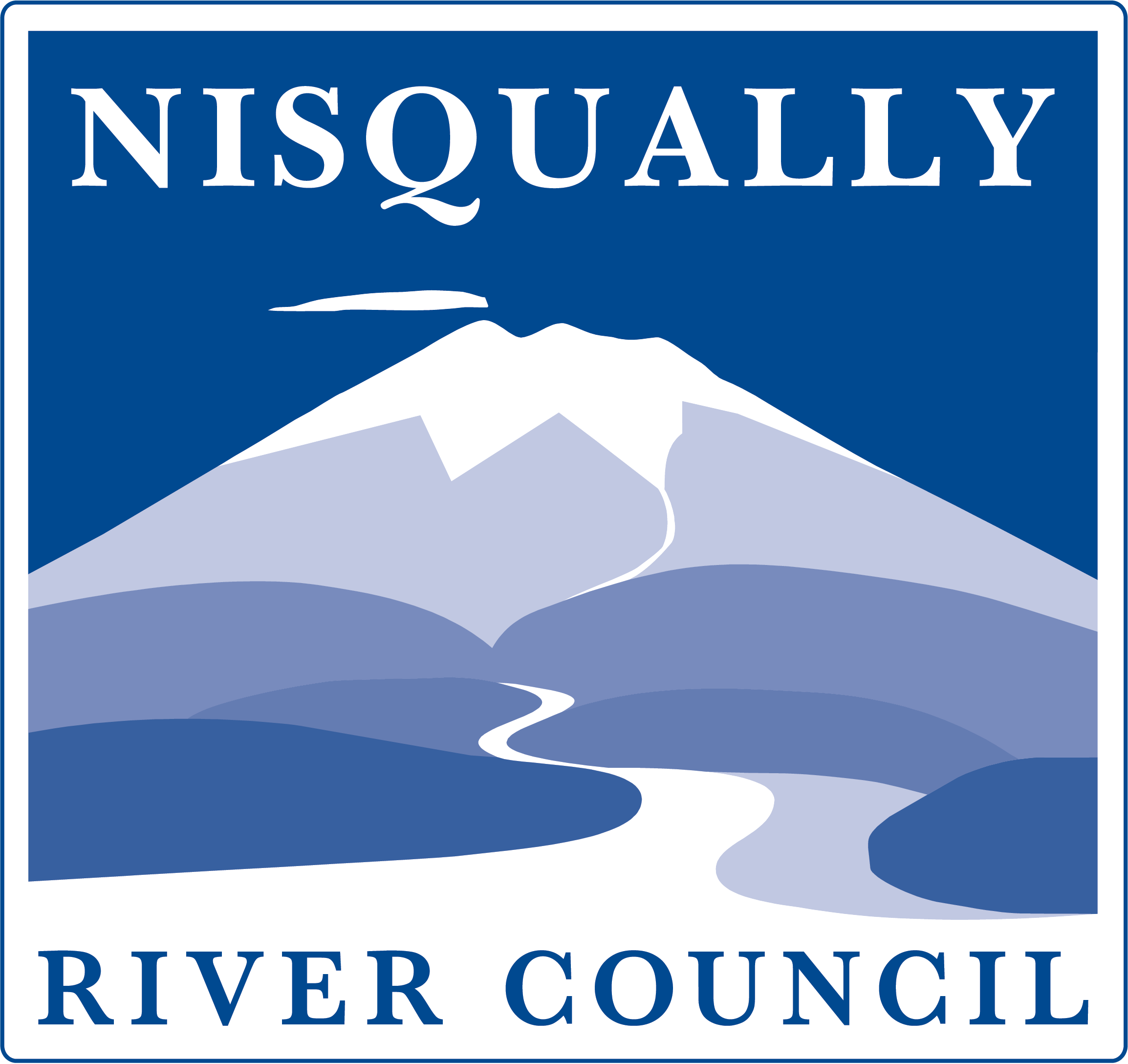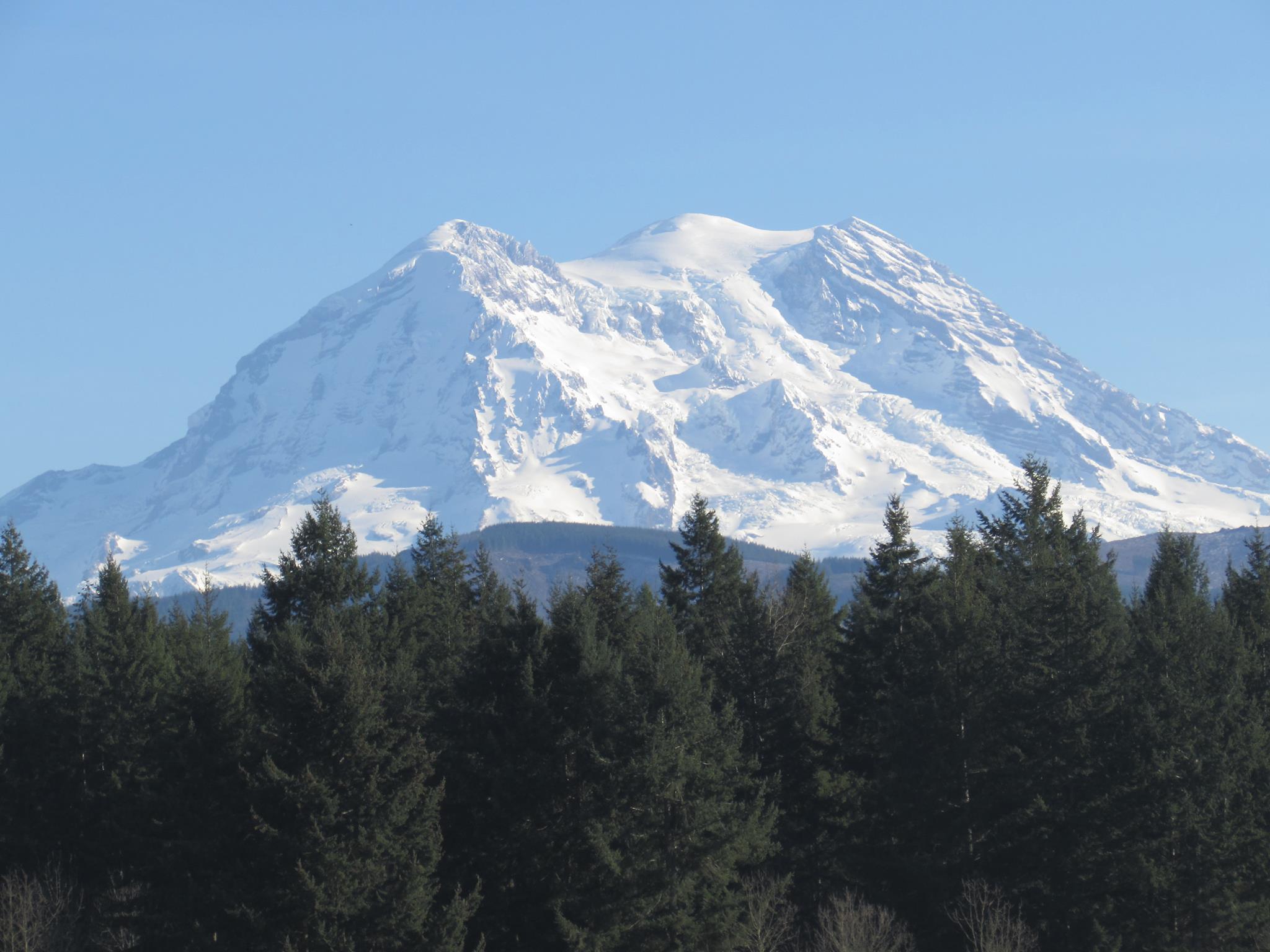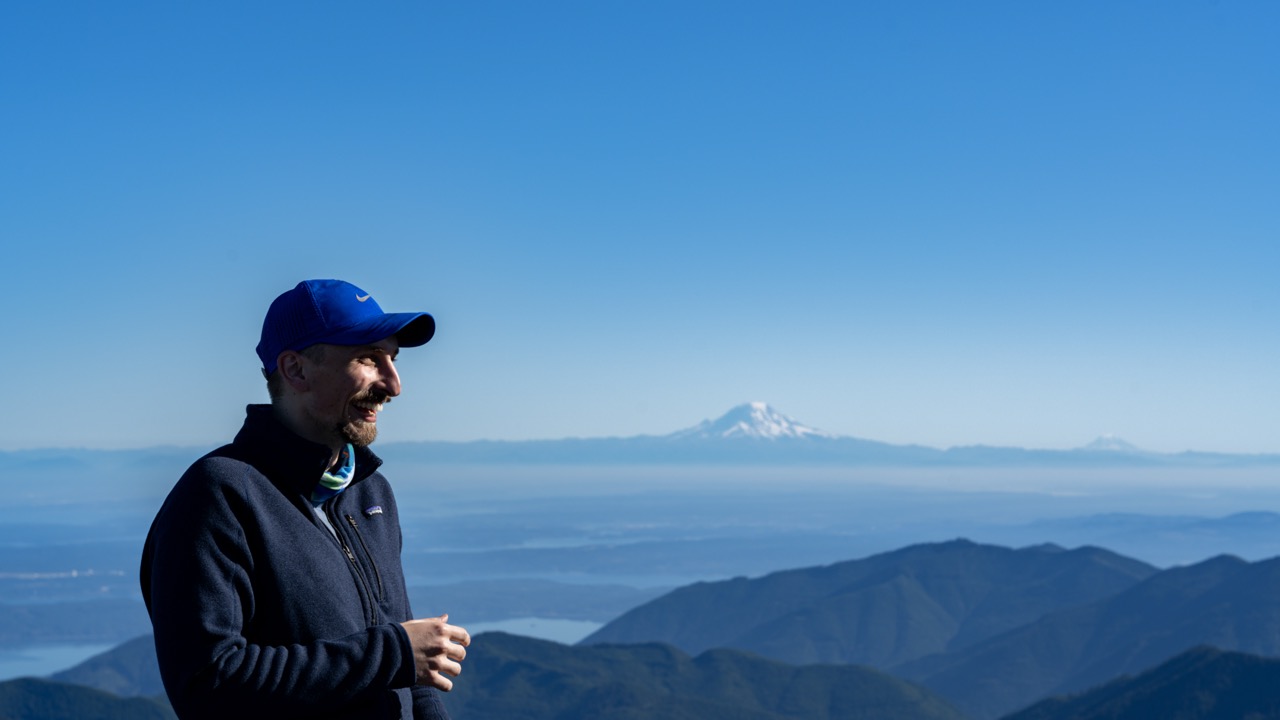Upon completion of the analysis of the accomplishments of the original 1987 Nisqually River Management Plan, the Council decided that it was time to update the plan. Instead of an update, what came out of that process was a whole new plan: The Nisqually Watershed Stewardship Plan. Where the original plan had been primarily confined to the areas close to the river, the new plan looked at the entire watershed and where the original plan was completely natural resources based, the new plan looked at all three legs of sustainability, the environment, the community, and the economy.
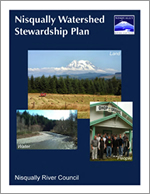 The mission of the Nisqually Watershed Stewardship Plan is “To create sustainability in the Nisqually Watershed for current and future generations by developing a common culture of environmental, social, and economic balance.”
The mission of the Nisqually Watershed Stewardship Plan is “To create sustainability in the Nisqually Watershed for current and future generations by developing a common culture of environmental, social, and economic balance.”
The large overarching goals of the Nisqually Watershed Stewardship Plan draw from the Nisqually River Council’s mission, vision, and guiding principles. They represent the components of sustainability: environment, community, and economy.
The plan lays out the vision that the Nisqually River Council has for the future of the Nisqually Watershed:
- We live in a watershed where vibrant communities, a healthy natural environment and a prosperous, innovative economy are valued.
- Our waters, from glacier to sound, run clean and clear, fish and wildlife thrive in our streams, forests and prairies.
- People are drawn to live, work, and play in our rural landscape.
- As stewards of our land and water, we value our working farms and forests which protect our natural, cultural, and scenic heritage.
The following guiding principles were used while creating the plan and continue to drive the work of the Nisqually River Council:
- We embrace the people who live in the Nisqually watershed, their sense of identity and responsibility that has existed for generations.
- We embrace a diverse landscape that can simultaneously support essential ecological functions, viable populations of all native species, economic prosperity, and social well- being.
- We value a vibrant local economy that benefits from and values the watershed’s resources.
- We will use all available and practical tools to plan, measure, and evaluate our progress.
Sustainability is defined as meeting the needs of the current generation without compromising the ability of future generations to meet their own needs. There are generally thought to be three components of sustainability, environmental, community, and economic. Some consider these three components to be the three legs that hold up the stool, others see them as nesting within each other. The Nisqually Watershed Stewardship Plan developed overall goals for each of these three parts and a series of more specific goal with each.

Environmental Sustainability: A viable, healthy natural resource base
The natural resources of the Nisqually watershed — the forests, the fish and wildlife, the water, and the agricultural lands — co-exist with the community and economy it supports. The natural resources of the watershed are finite and can easily be spoiled. With the looming pressures of population growth, we must redouble our efforts to leave a legacy of one of the healthiest and unspoiled watersheds in the region.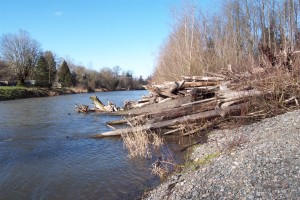
- Protect, restore, and enhance ecosystem function
- Viable, resilient amounts of all watershed ecosystems are present and providing ecosystem services.
- Protect and enhance biological diversity
- Local populations of native species are self sustaining.
- Promote sustainable resource use
- All resource extraction is conducted in a manner consistent with the long-term viability of watershed ecosystems.
- Facilitate the appreciation, protection, and enhancement of the watershed through education and participation
- Watershed residents, visitors, and others have access to a variety of programs and resources which enable and empower them to be responsible watershed stewards.
Social Sustainability: A community that is healthy, wealthy, resilient, and wise
 Communities in this watershed determine how they affect the economy and environment. It is important to keep these communities healthy so they can continue to make good decisions. Strong communities require access to good schools, health care, employment, the arts, and a healthy environment.
Communities in this watershed determine how they affect the economy and environment. It is important to keep these communities healthy so they can continue to make good decisions. Strong communities require access to good schools, health care, employment, the arts, and a healthy environment.
- Promote health and wellness in the community
- Protect and enhance the network of trails and recreational opportunities for all ages and abilities
- Promote local community identities, cultures, arts, and heritage
- Support fully functioning, integrated communities with the full complement of services
Economic Sustainability: Increased economic productivity in a sustainable manner
An economy that is built on sustainable industries is critical to the success of this plan and the Nisqually 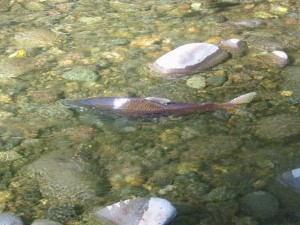 watershed as a whole. We work to encourage other new and sustainable economic opportunities along with the tourism industry that is becoming well established. Our vision for sustainable businesses includes sustainable goods and services that are produced in a sustainable manner, within a culture of sustainability. We seek a healthy, vibrant economy that values the qualities that make the Nisqually watershed a wonderful place to live.
watershed as a whole. We work to encourage other new and sustainable economic opportunities along with the tourism industry that is becoming well established. Our vision for sustainable businesses includes sustainable goods and services that are produced in a sustainable manner, within a culture of sustainability. We seek a healthy, vibrant economy that values the qualities that make the Nisqually watershed a wonderful place to live.
- Promote the development of sustainable businesses and built communities
- Support sustainable tourism and recreation
- Enhance economic viability of sustainable agriculture, forestry, and fisheries
- Increase market access for watershed-based businesses
A copy of the current version of the Nisqually Watershed Stewardship Plan can be found here.
Next: We delve deeper into the Nisqually Watershed Stewardship Plan
